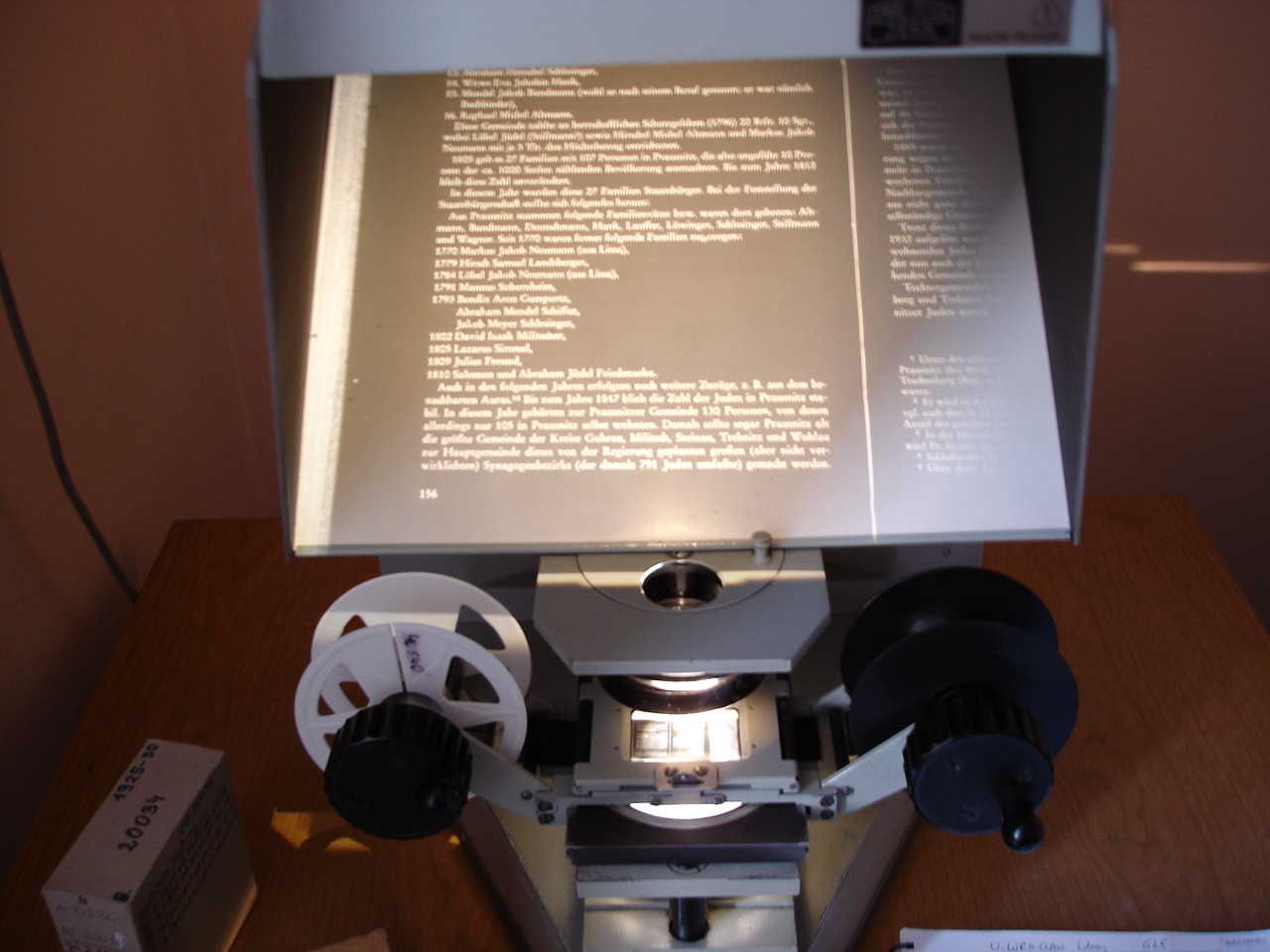 |
| photo by Steve Justonly on flickr |
Ever since I found the path my Great Grandfather Peter Peterson Myren followed from Norway to North Dakota, I've been anxious to see how my Great Grandmother Kari Belle Myren arrived also. I thought it would be so simple, just use the same search strategies and web sites that had worked with Peter. Here is the link to Peter's story and the sites that were so helpful in learning about him.
It was simple to bracket a time for Kari's emigration from Norway. She was present on her dad's farm in the 1875 Census of Norway. According to information recorded on the 1900 and 1910 US Federal Census records, Kari immigrated to the United States in 1878 or 1880. Final known date was the birth of her first son, Paul Myren, 1881 in North Dakota. You'd think within a six year time period I should be able to find something helpful. Welcome to the story of my current brick wall.
For starters, I checked all the parish record books available on The Digital Archives of Norway using all the various name combinations, hoping to find that Kari had registered her intent to emigrate with the parish church. I found absolutely nothing. I had even less success using the Emigrants section of The Digital Archives of Norway. Strike one.
Next plan was trying to figure out if Kari arrived in the US through Castle Garden, Ellis Island, or via landing first in Canada, again using the same web sites that had been so helpful with Peter. Again nothing, even using wild card searches like "s*ver*" to search for any version of her original last name. Strike two, nothing through these three web sites.
Then I decided to try looking for the emigration of any other family members. The Overli-Belle-Siem book provided some information about Kari's father, Syver Hanson Belle Siem. Her father came to American in 1882 together with wife Marit, his son Sivert, daughter-in-law Marit and grandson Sigurd after the Siem farm in Norway was sold. Syver Hanson Belle (as he was now know) and his group joined another daughter Gunda and her family already living in Wisconsin. Unfortunately the book has no mention of Kari's immigration. Strike three.
At this point, I'd struck out, but I now focused on her older sister, Gunda, wondering if I could find Kari staying with Gunda at any time. By 1880 Gunda was married to Erick Pedersen and was living in Jackson County, Wisconsin, but the census had no mention of a sister, sister-in-law, or anyone named Kari living with them or even nearby.
My Great Grandfather Peter is listed as a single farmer in the 1880 US Federal Census for Traill County, North Dakota, and their marriage apparently occurred shortly after the census . The search through the entire 1880 census for Traill County, North Dakota, revealed only Peter in that area, but no Kari.
That's my story for now. My research record was lots of information as to where I didn't find anything. I won't forget about Kari, I'll keep looking, and hopefully someday I will find her. Until then, I'll remember this quote mentioned in Genealogy in Time Magazine.
"I have not failed. I've just found ten thousand ways that won't work." --- Thomas Edison









